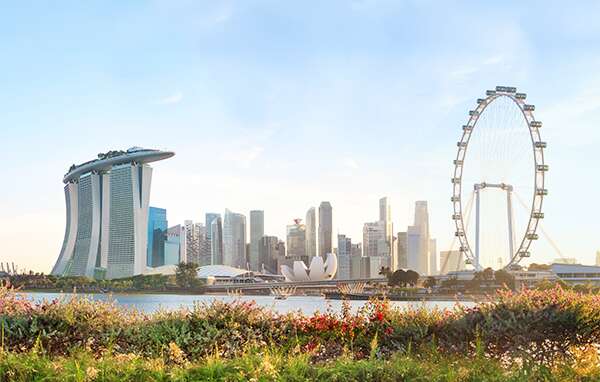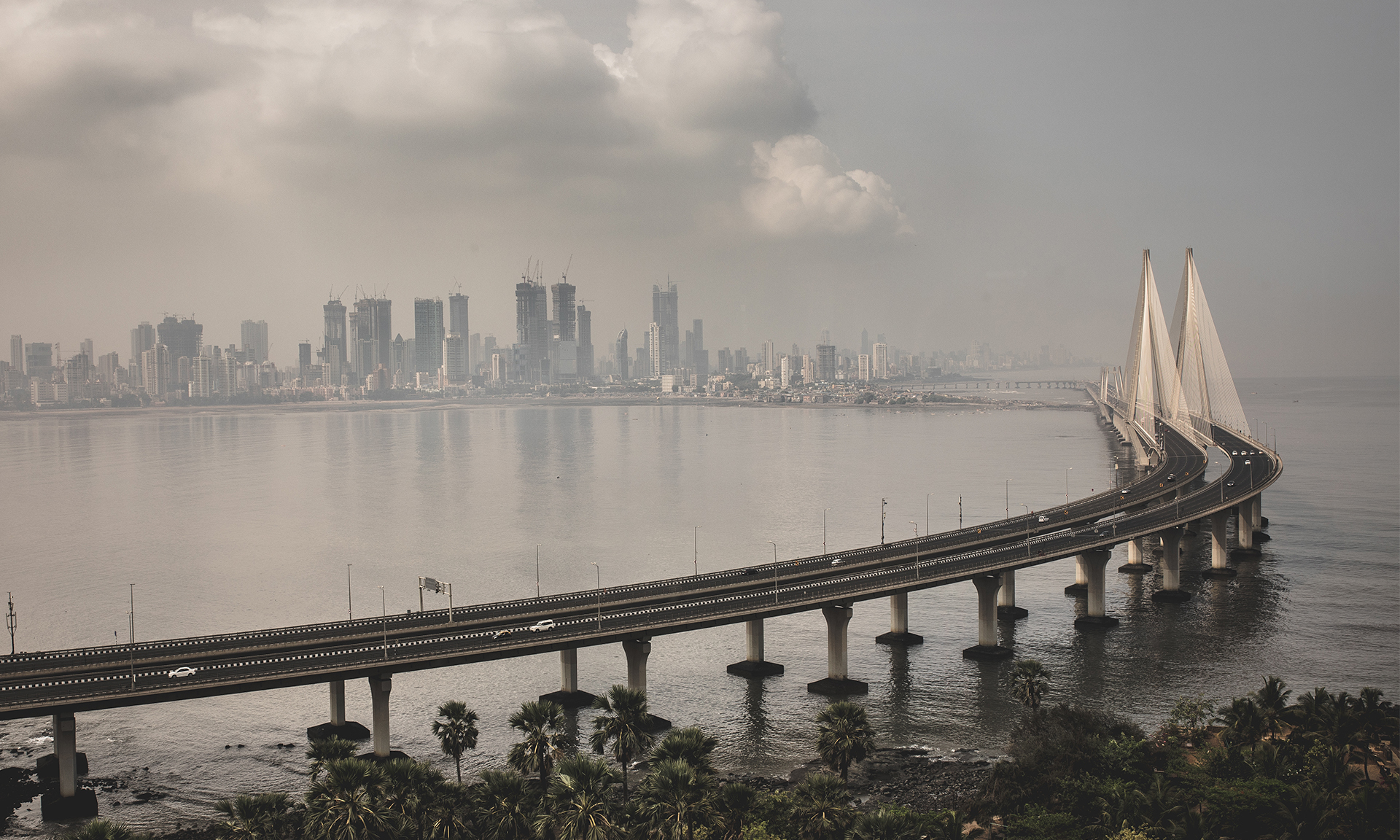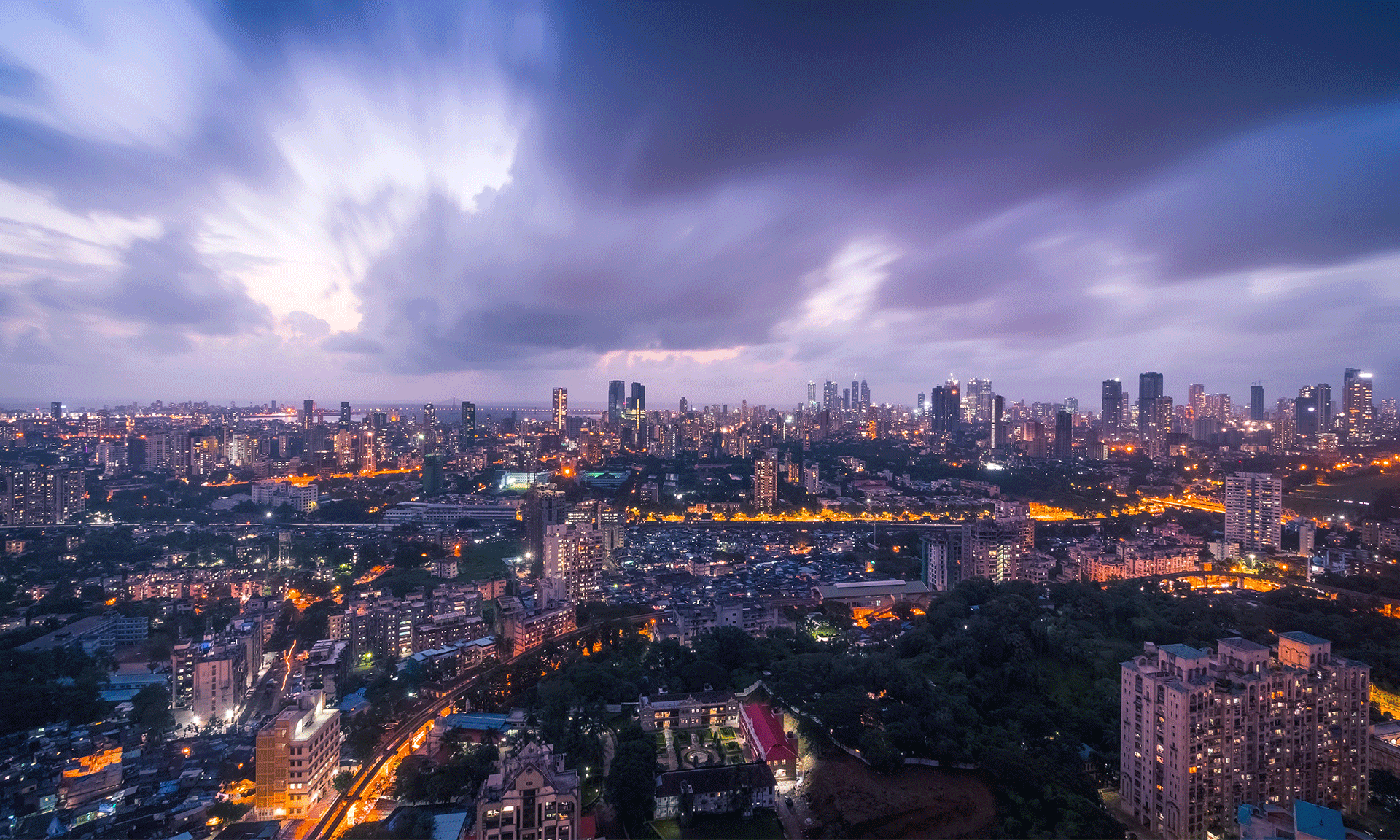Free Trade agreements (FTAs) are arrangements between two or more countries or trading blocs that primarily agree to reduce or eliminate trade restrictions including customs tariff and/or non-tariff barriers, import quotas, and export limits on substantial trade between them.
FTAs, normally cover trade in goods such as agricultural or industrial products or trade in services including banking, construction, trading etc. FTAs can also cover other areas such as intellectual property rights (IPRs), investment, government procurement etc.
India has been aggressively pursuing FTAs with other countries to promote international trade relations and has so far signed thirteen FTAs.
The Comprehensive Economic Cooperation Agreement (CEPA) with the Association of Southeast Asian Nations (ASEAN) has long been in focus for India as the two regions share similar cultural and religious traditions besides proximity and booming markets.
The Framework Agreement on CEPA between the ASEAN and India was signed in October 2003 and established a legal basis to conclude other agreements, including Trade in Goods Agreement, Trade in Services Agreement, and Investment Agreement forming the ASEAN-Indian Free Trade Area (AIFTA).
During 2021-22, the value of merchandise trade between India and ASEAN countries stood at a whopping 110.40 billion SGD and mainly due to a few key agreements that boosted India-ASEAN trade relations including FTAs with Brunei, Cambodia, Indonesia, Laos, Malaysia, Myanmar, Philippines, Singapore, Thailand and Vietnam for goods, services and investment.
The ASEAN-India Trade in Goods Agreement (AITIGA) was signed and enforced on 1 January 2010. Under this Agreement, ASEAN Member States and India agreed to open their respective markets by progressively reducing and eliminating duties on 76.4% coverage of goods and reducing tariffs on over 90% of goods.
The last decade witnessed a significant surge in merchandise trade between the ASEAN and India primarily due to this AITIGA with exports rising by 23% and imports soaring by 55%. Rising imports have been mainly from Cambodia, Singapore, and Vietnam. As the balance of trade is very crucial in all FTAs, the two regions are putting in continuous discussions to ensure the same.
India concluded a Comprehensive Economic Cooperation Agreement (CECA) with Singapore in 2005 and since then, there has been a remarkable increase in bilateral trade between the two countries.
Amongst the ASEAN nations, Singapore is India’s largest trade and investment partner and accounted for 27.3% of India’s overall trade with ASEAN in 2021-22. Singapore is also the leading source of Foreign Direct Investment into India and accounted for almost 136.653 billion INR over the last 20 years totaling around 23% of the total FDI inflows.
Concession in tariff for an additional 30 products has also been agreed upon between India and Singapore for ensuring a balance of trade with the liberalized rule of origin for exports, rationalized product-specific rules, and provisions on Certificate of Origin.
India-Malaysia Comprehensive Economic Cooperation Agreement (MICECA) was reached in 2011 and included concessions and reductions in tariffs for trading certain goods, services, investments, and movement of natural persons.
Both India and Malaysia strongly upheld the spirit of MICECA even during the Covid pandemic and maintained their strong bilateral trade relations with a 26% increase in trade during 2021 between the two nations.
While Malaysian exports soared by 5.9 billion SGD, Indian exports rose by 3.12 billion SGD during this period. Import duty reduction by India also benefited Malaysian companies dealing with palm oil and palm oil products.
India Thailand Early Harvest Scheme (EHS) was signed in 2006 as an initial phase of FTA to identify and include specific products for tariff reduction during the ongoing negotiations for a trade pact. With EHS in place, India and Thailand moved ahead confidently and 82 products including fruits, processed food, gems and jewellery, iron and steel, auto parts and electronic goods were identified for tariff liberalization.
The ASEAN and India are both mature and growing economies and trade & investment ties between these two trade blocs will promote international businesses in a big way.























 IMC Group
IMC Group